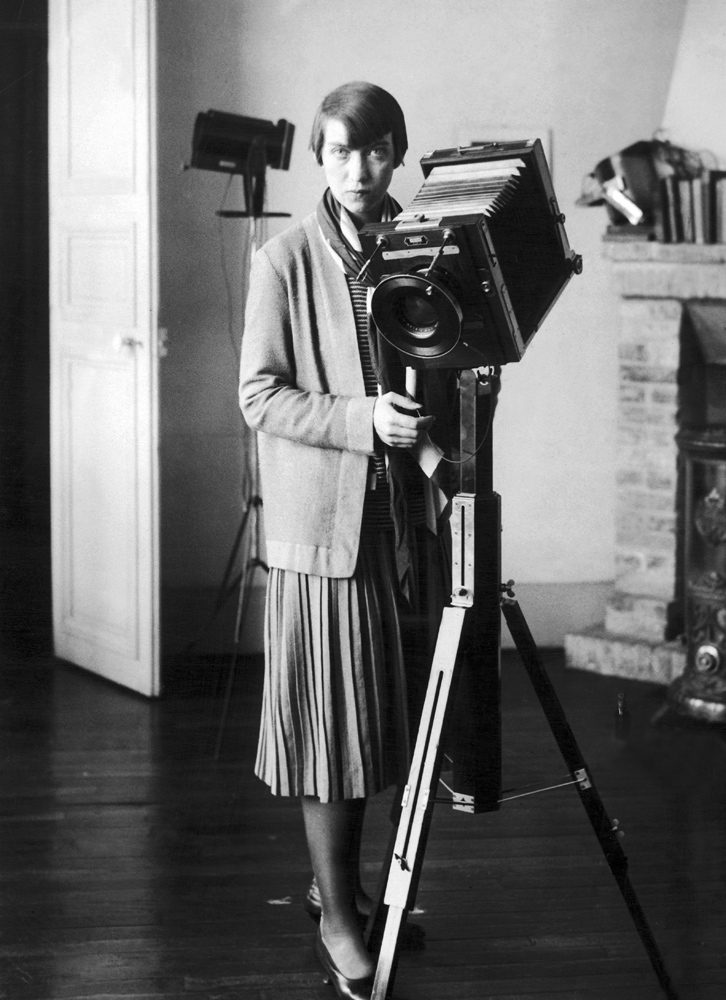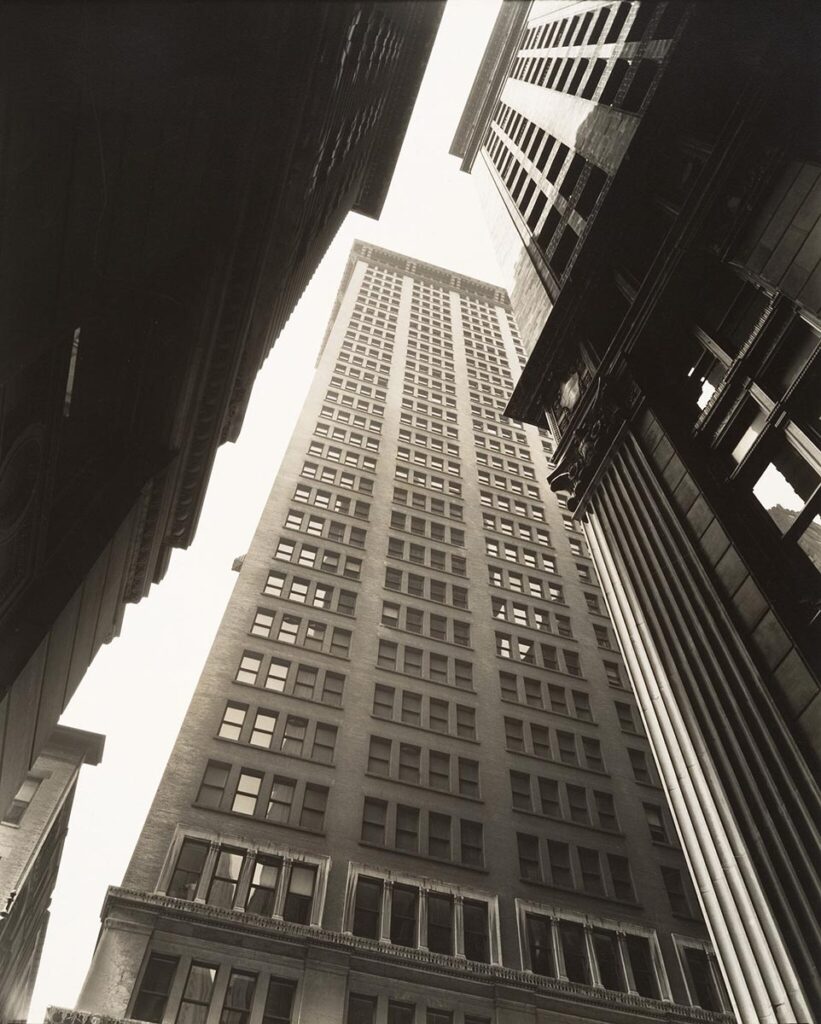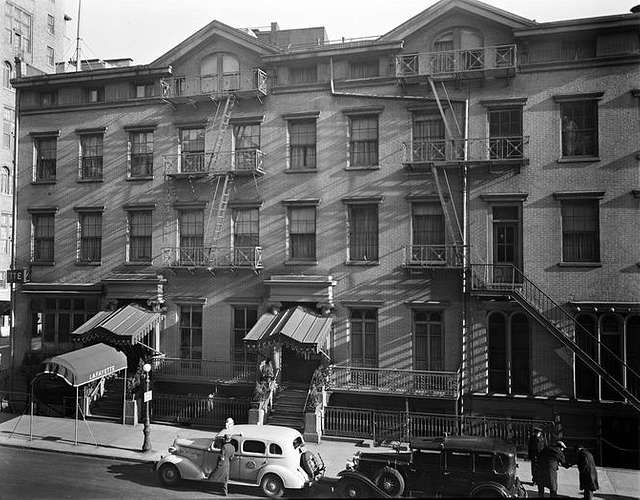Berenice Abbott: A Trailblazing Photographer Who Captured 20th Century America
Berenice Abbott was a pioneering photographer whose work left a lasting impact on the art of photography. Her ability to capture the essence of early 20th-century America through her lens made her a significant figure in the field. In this article, we’ll explore her life, education, photography skills, and contributions to the world of visual art.
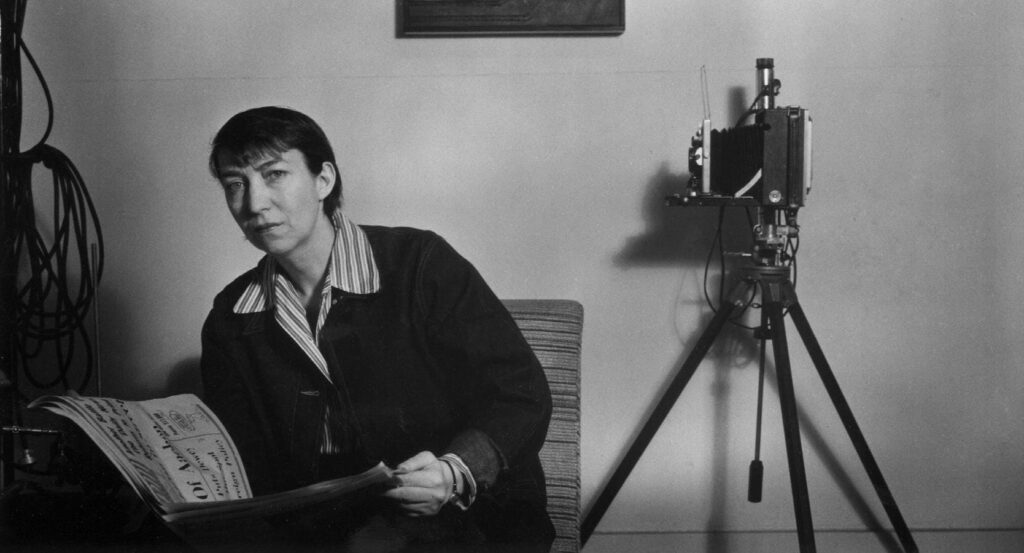

Early Life and Education
Berenice Abbott was born on July 17, 1898, in Springfield, Ohio. She initially pursued art studies at the Ohio State University but left to explore her artistic passions further. Moving to Paris in the 1920s, Abbott immersed herself in the vibrant art scene and studied under the guidance of renowned artists.
![Berenice Abbott - Subway Entrance [c.1930s]](https://live.staticflickr.com/5708/23135663103_04b930592b_c.jpg)

Learning Photography
Abbott’s introduction to photography came while working with Man Ray, a leading figure in the Surrealist movement. She learned photography on the job, becoming proficient in techniques and styles that influenced her later work. Abbott’s time in Paris also allowed her to experiment with various photographic styles, eventually developing her unique approach.
![Berenice Abbott - The Lyric Theatre. New York [1936]](https://live.staticflickr.com/65535/53201832247_3d28bfc852_c.jpg)
Skill Set and Camera Use
Berenice Abbott was widely recognized for her mastery of large-format cameras. In particular, she excelled with the 8×10 view camera. Consequently, her expertise with this equipment greatly contributed to her renowned photographic achievements. This camera allowed her to capture intricate details and create strikingly clear images. Her skill in using this equipment enabled her to produce high-quality photographs that vividly documented urban landscapes and everyday life.
Notable Works
Abbott’s most famous series is “Changing New York,” which depicts the rapid transformation of New York City in the 1930s. Her photographs in this collection are celebrated for their ability to capture the dynamic and evolving nature of the city. Other notable works include her portraits of famous figures and her documentation of the American Midwest.
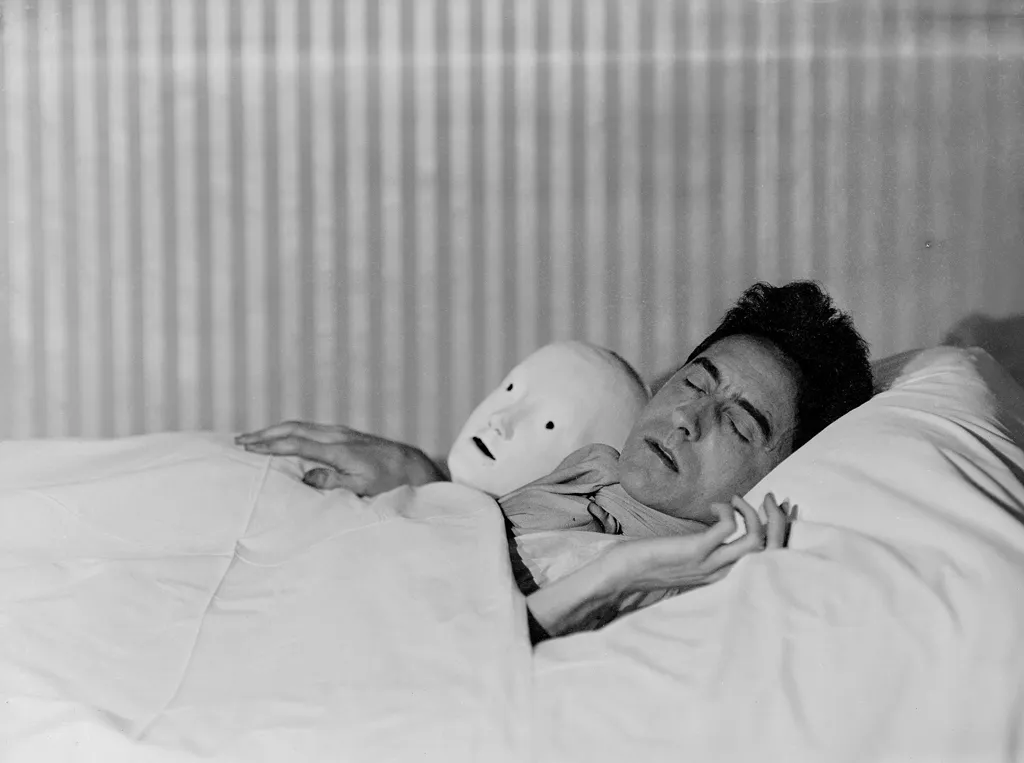
Awards and Recognition
Throughout her career, Berenice Abbott received numerous accolades for her contributions to photography. She was honored with several awards, including the prestigious Guggenheim Fellowship in 1936, which supported her work on “Changing New York.” Abbott’s work has been exhibited in major galleries and museums, solidifying her status as a significant photographic artist.

Contribution to Photography
Berenice Abbott’s influence on photography extends beyond her stunning images. She played a crucial role in documenting the architectural and social changes of early 20th-century America. Her work not only provides historical insight but also, moreover, showcases the artistic potential of photography as a medium. By blending these elements, she effectively highlights both the significance and the creative possibilities inherent in her field. Abbott’s dedication to her craft and her innovative techniques continue to inspire photographers today.

Conclusion
Berenice Abbott’s legacy as a photographer is marked by her exceptional skill, innovative techniques, and profound impact on visual art. Through her lens, Abbott captured the essence of a transforming America, leaving behind a remarkable body of work that continues to be celebrated and studied. Her contributions have cemented her place as a trailblazer in the world of photography.

